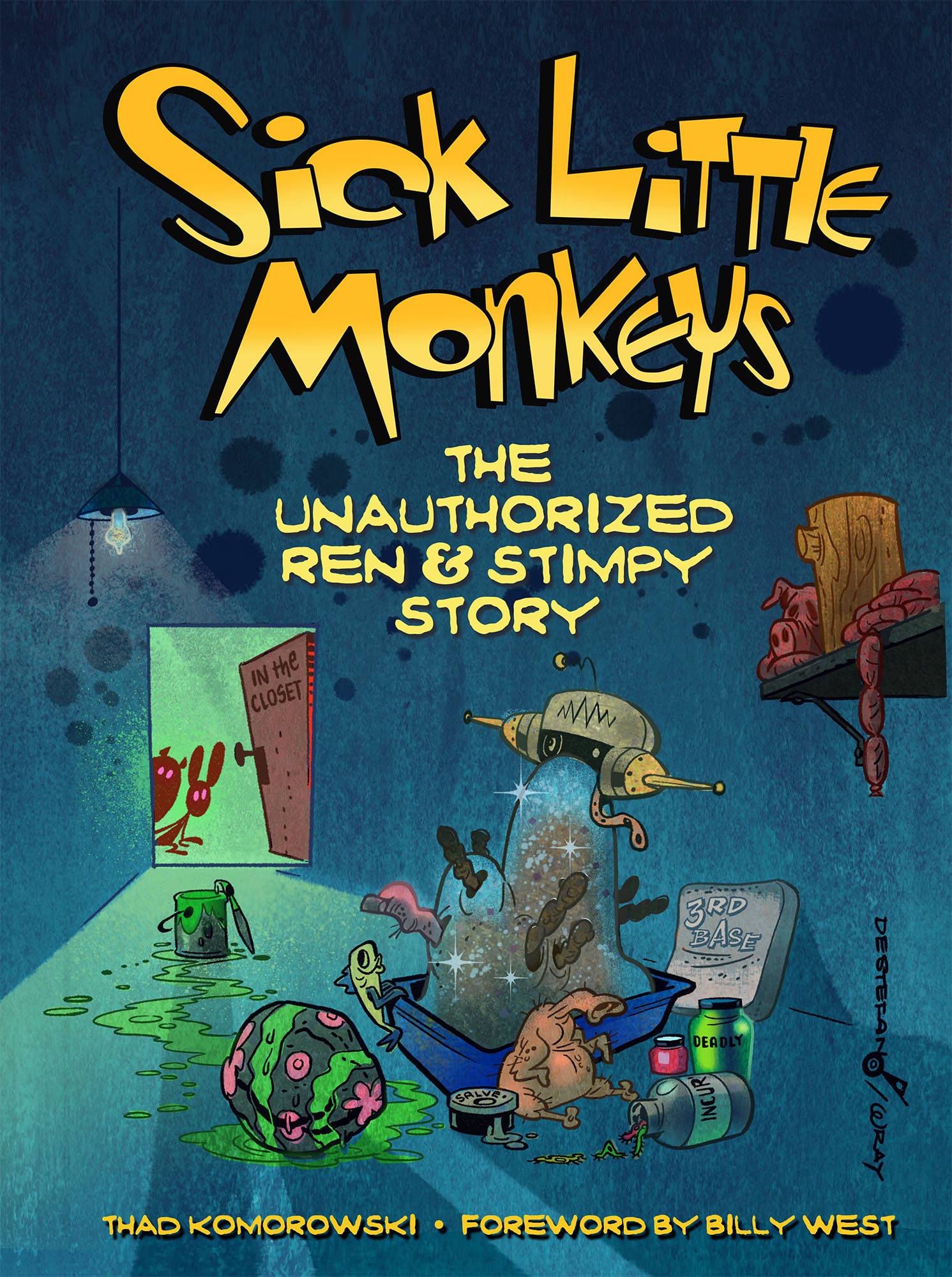This is one of the more famous Bugs Bunny cartoons by Bob Clampett for two reasons: 1) it’s on basically every public domain tape ever made (the source of my childhood love/hate for this one), and 2) almost all of the drawings and poses from it became the basis for all future modelsheets and licensing guides. This is not the greatest Bugs cartoon (it’s up there), but the animation is probably the best it ever would look.
The ‘loser’ Bugs is easier to take in Falling Hare than it is in others, because he’s not really the loser; at the start and finish, he’s in control of things, and all is well. This makes it actually unique among all the Bugs Bunny cartoons: he’s over-confident and keeps screwing up, but an unseen power rectifies all.
We get the standard near-minute of static footage (no new animation) typical of a Clampett cartoon at the beginning. Some speculate that he did this (and reused footage) so he could spend more time making the new animation better than anyone else’s (ass-kissing sycophants); others say it’s because he was too busy scoring with girls in the Termite Terrace crapper and playing ‘pwanks’ on the Jones unit to have time (too caustic, but more likely); it’s probably somewhere in the middle.
Bob McKimson tends to get all of the glory for this one for doing the mammoth amount of footage at the beginning, and he deserves all the praise he gets. There’s nothing more to say: the drawing, movement, action, lipsync, and acting is perfect. If you notice, Bugs has a [slight] potbelly in these scenes, so the look even predates McKimson’s own films.
Rod Scribner did very little on this cartoon, though he gets the sole animation credit, a typical tradition at Schlesinger’s. Being the most recognizable and funniest of all the Warner animators, his footage is distinct in its ability to capture Bugs’s horror and anger like no other Golden Age artist. [Before anyone comments, no, Bill Melendez did not animate the “these blockbusters…” scene as he says in his audio commentary with John K. While likely Scribner’s assistant at the time, he did not become a full-fledged animator until Wagon Heels.]
On the other end of the spectrum, we have Virgil Ross, who never really could draw Bugs with such ‘spirit’, only ‘wascally’, which is part of the reason he left the Clampett unit. There’s nothing wrong with his animation here though: the drawing and movement (lots of smears, a Virgil earmark) looks just as good as anyone else’s, and the scenes don’t call for a particularly nasty Bugs. It’s also actually very stylized in its approach, in an almost Tashlin-like fashion (there’s even the scene by Ross of Bugs deflating that would be reused by Art Davis in Tashlin’s Plane Daffy). Clampett was never one to follow the ‘less is more’ rule; occasionally an action in his cartoons could be too full, to the gag’s own detriment. So it’s surprising to see Bugs machine gun from one pose to another, when he attempts to dart off but only fall teeth-first into the ground.
I wish animators like Ross were still around. His work for all the directors is so human and sincere, unlike so much self-concious Disney animation. That’s a quality that he’d probably have lost if he was actually aware of how great he was and didn’t have Clampett and Freleng chastising him and lauding others (only Avery ever gave him compliments and even offered him a job at MGM).
Two other lesser known Warner stalwarts are thrown into the mix of Falling Hare. Phil Monroe flopped around the studio for years: from Freleng to Tashlin to Jones to Freleng to Tashlin to Clampett… before finally settling in with the Jones unit in 1946. I have no explanation for why. Some of Monroe’s drawing and posing looks a bit like Jones’s Bugs here, particularly the pursed lips. The excellent subtlety of Bugs looking under the bolt for the Gremlin is often lost because of crappy transfers, but thankfully those days are long over. There’s a bit of Goofy-influence in the way he tries to smash down the door, settling into a ridiculously cute/stupid pose after each hit.
Tom McKimson did character layout on most of the best Clampett films, but he animated beforehand. It was Larry Tremblay who originally pointed out some of his work in this film to me, and it’s completely identical to his drawing style in the Bugs Bunny stories of the Looney Tunes & Merrie Melodies comic book. There’s more than a few poses in this cartoon that I’m certain showed up in one of the stories he drew. (Coincidentally, the Bugs in the comics matches Clampett’s interpretation of the character more than any other director’s.)
An interesting way to tell the difference between his and his brother Bob’s work is how they draw Bugs’s ears. Bob was always the perfectionist, and one ear almost always matches the other. Tom wasn’t as much of a stickler for that sort of thing and would often draw one ear bent or crooked.
We’ve all seen, read, and heard about this cartoon a hundred times, but I hope this animator breakdown sheds some light on more of its many fine aspects.



 Via Jaime Weinman, I caught the news announced at Comic-Con (I tend to avoid any and all news associated with the place involuntarily) that
Via Jaime Weinman, I caught the news announced at Comic-Con (I tend to avoid any and all news associated with the place involuntarily) that 